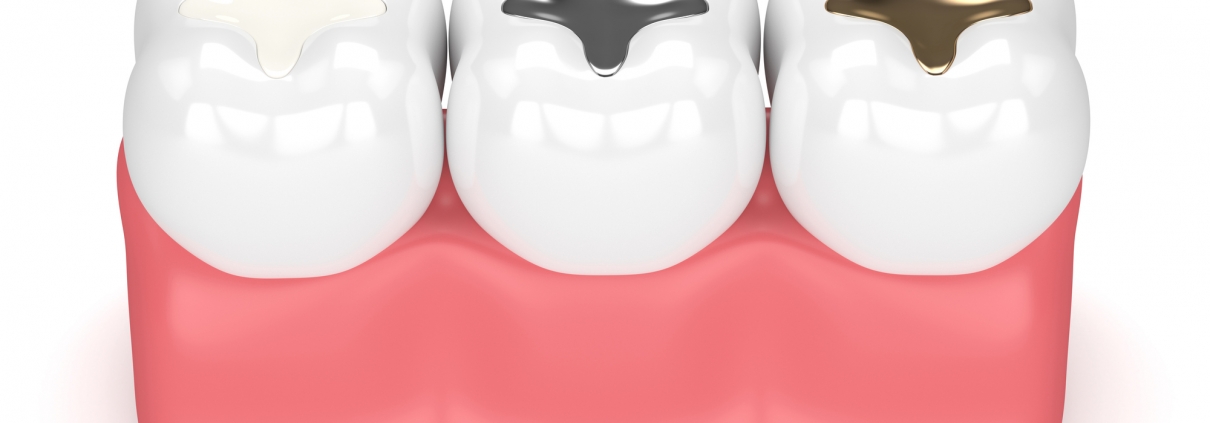Types of Fillings
Tooth decay can happen in a number of ways and a surefire way to restore a tooth that has undergone decay is to receive a filling. Fillings also prevent future decay to the tooth as it seals off the area where bacteria can grow and spread and cause more damage. To seal it off, dentists will use one of four materials. But which one is best? Which one is the most affordable? Let’s find out.
The material that is used for your filling all depends on a few factors. How bad is the decay? Do you have any allergies to the materials being used? Are you on a certain budget? Where in your mouth are you going to be getting the filling? All of these will help determine the type of filling that you recieve.
Amalgam fillings are the most common ones that you see, mostly because they stand out with their silver sheen, but also because they are relatively inexpensive compared to the other materials. However, because of their noticeability, they are discouraged for use on frontal teeth.
Gold fillings are the most expensive out of all of the materials, but have a very low allergic reaction rate and are known to last over 20 years. The only downside besides the cost is that it requires you to visit the dentist multiple times.
Composite fillings are generally used for teeth where amalgam and gold are not suitable because of their natural appearance. However, because of this, they are prone to staining from coffee, wine, and tobacco and only last about 10 years.
For larger areas of decay, a crown may be recommended instead.
For teeth where bacteria has reached the nerve of the tooth, root canal therapy may need to be done first before a filling is placed.
If you suspect that you have a cavity and are in need of a filling, or have questions about other services we offer, book an appointment with us and come in for a consultation.

